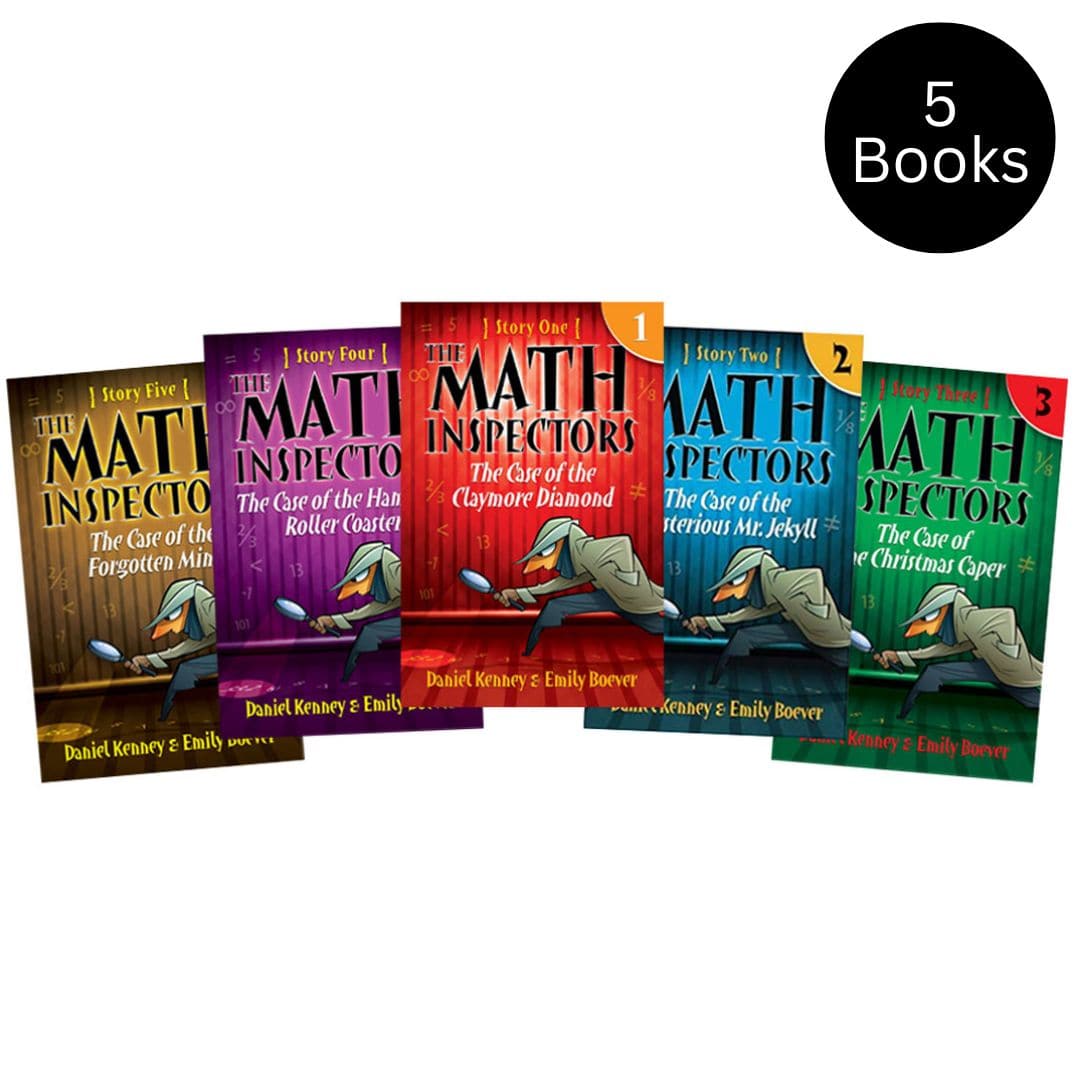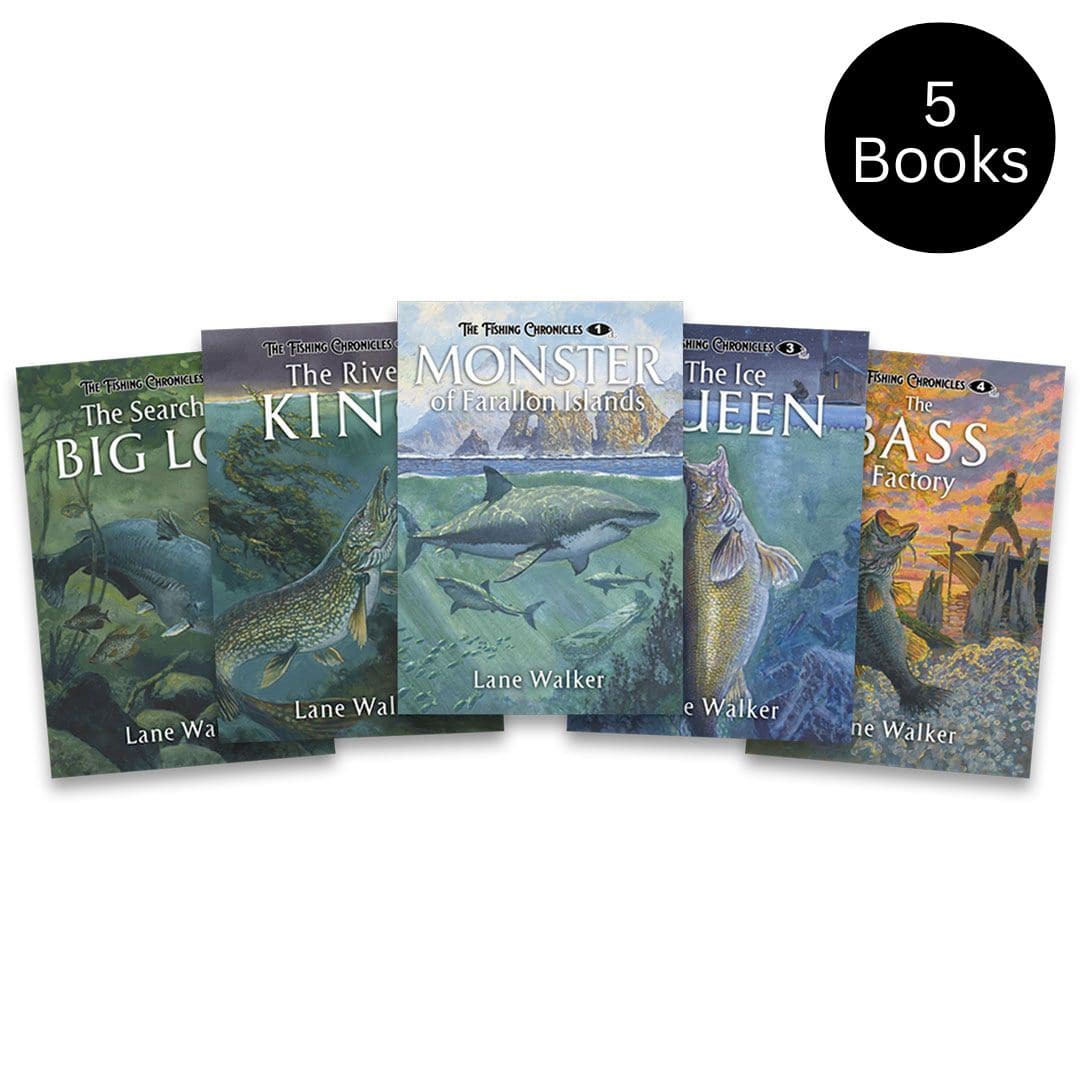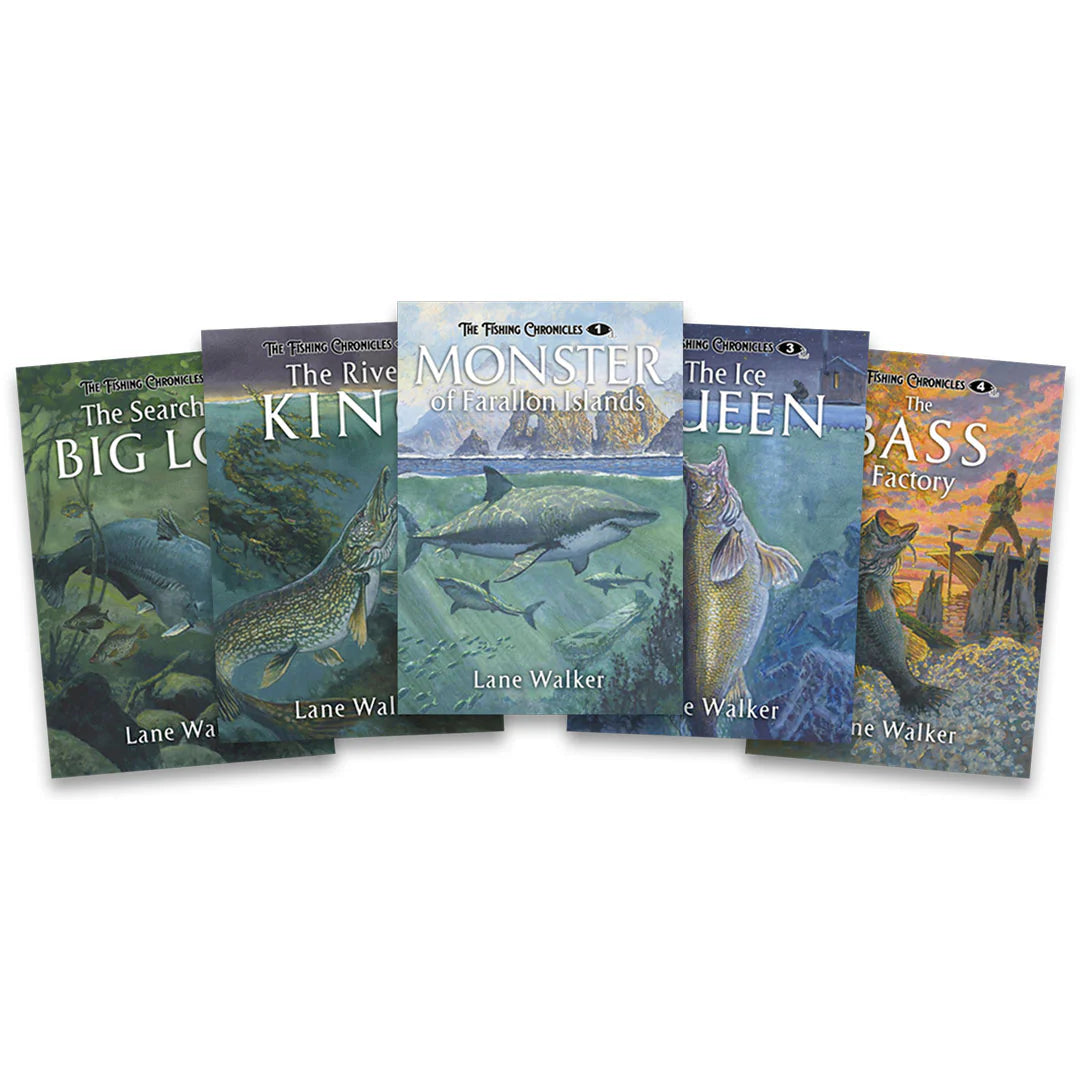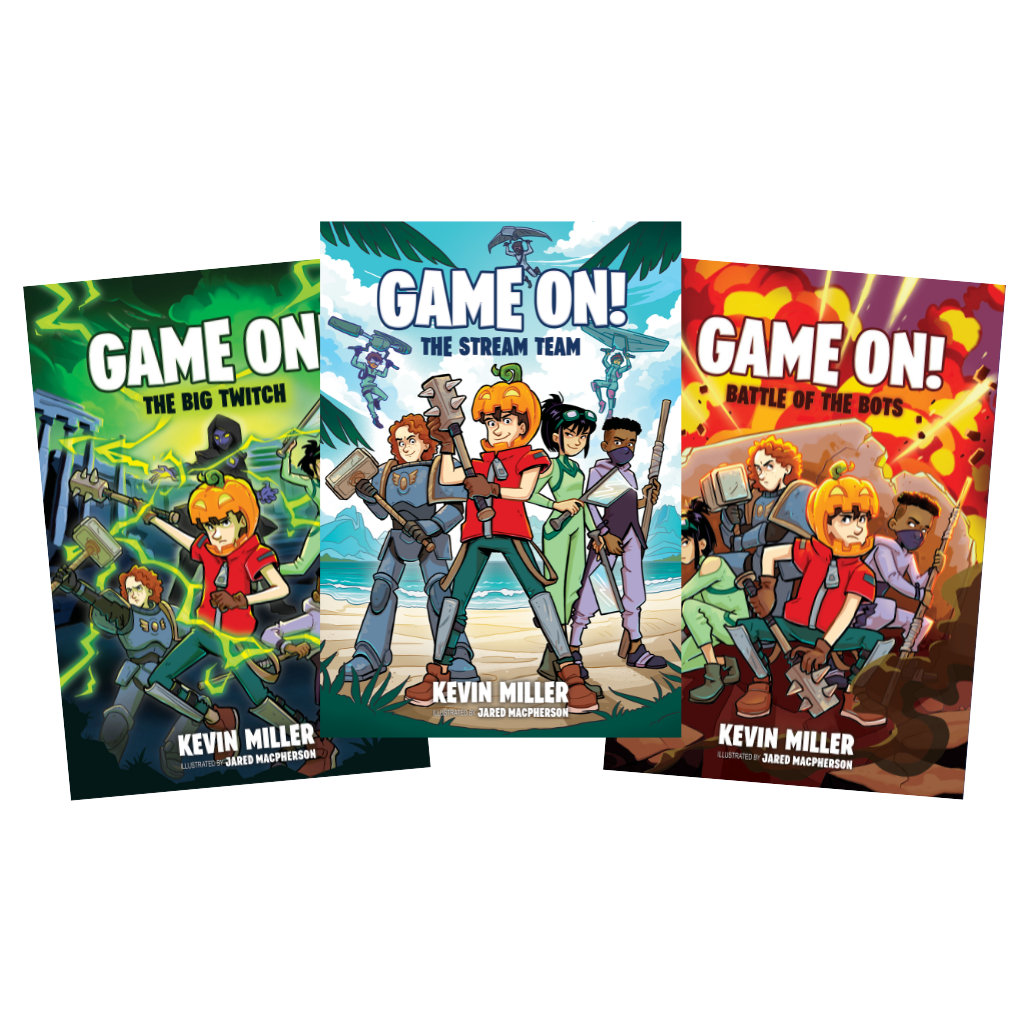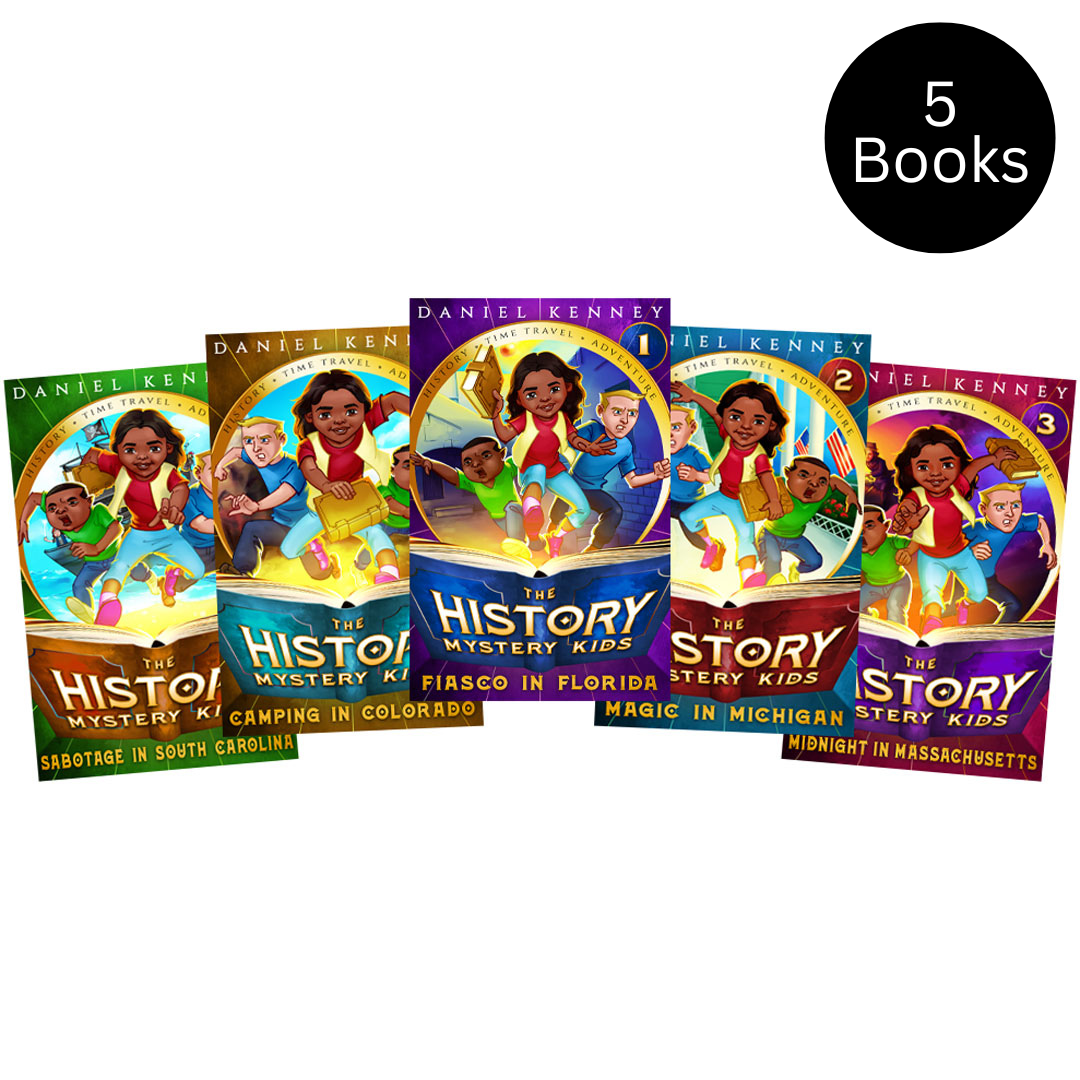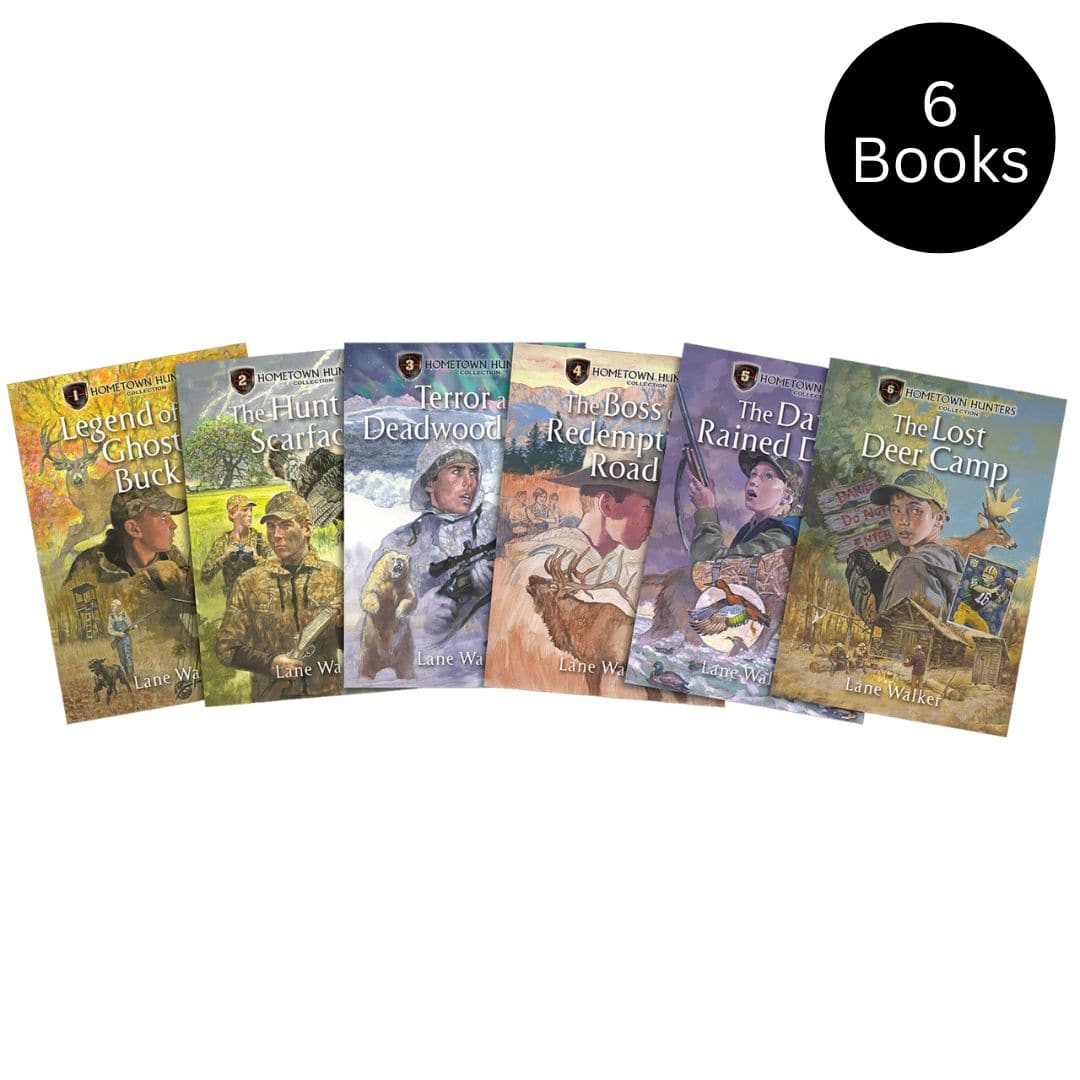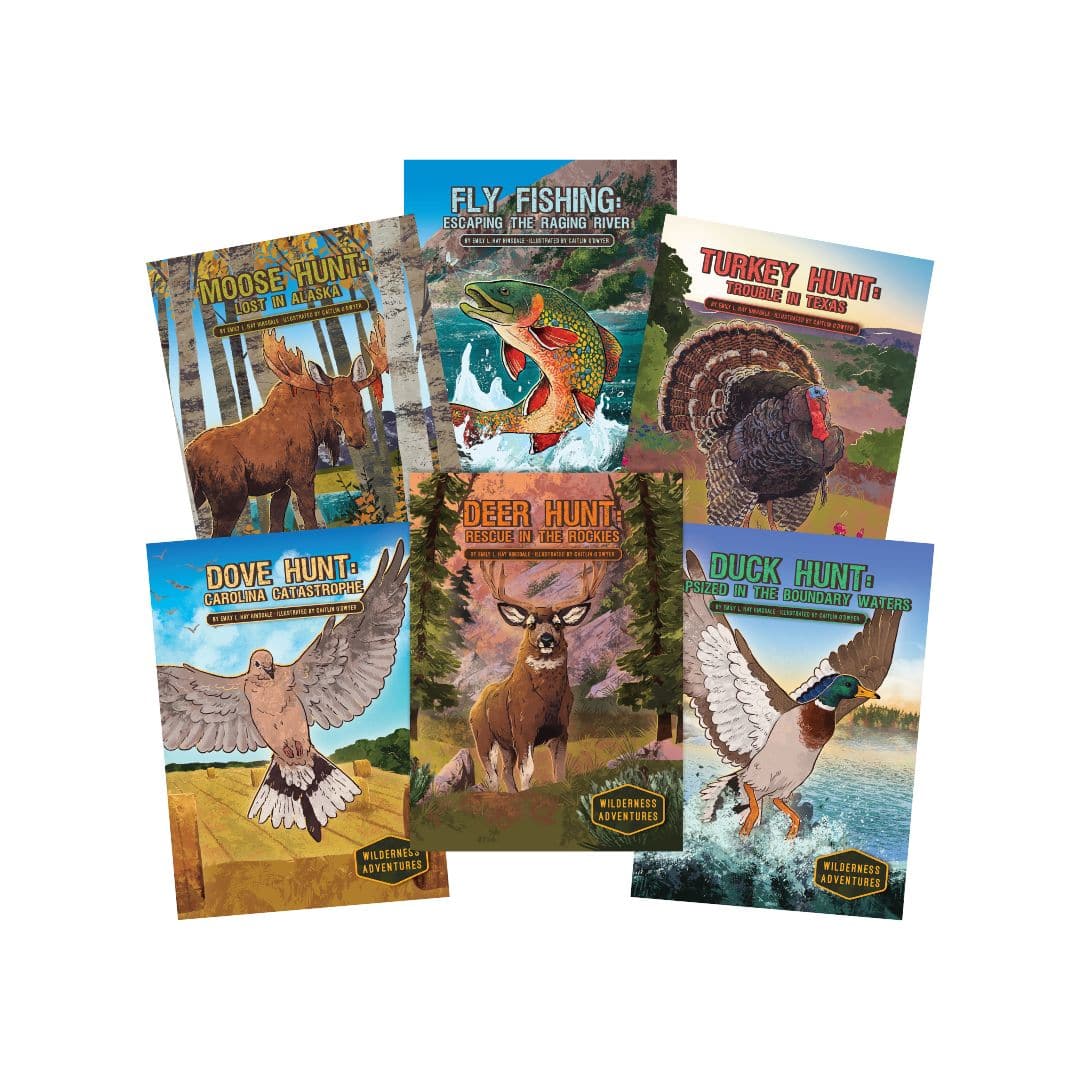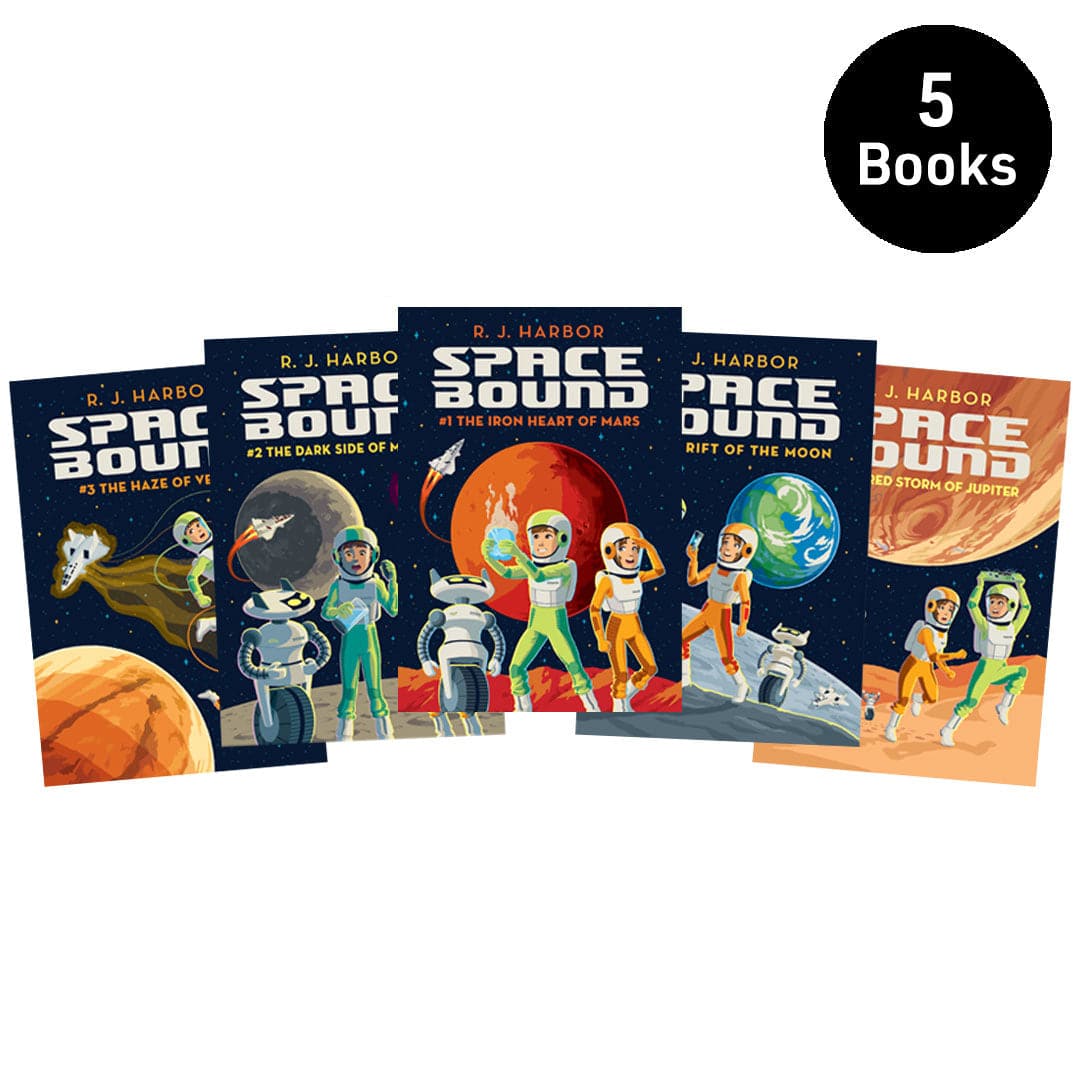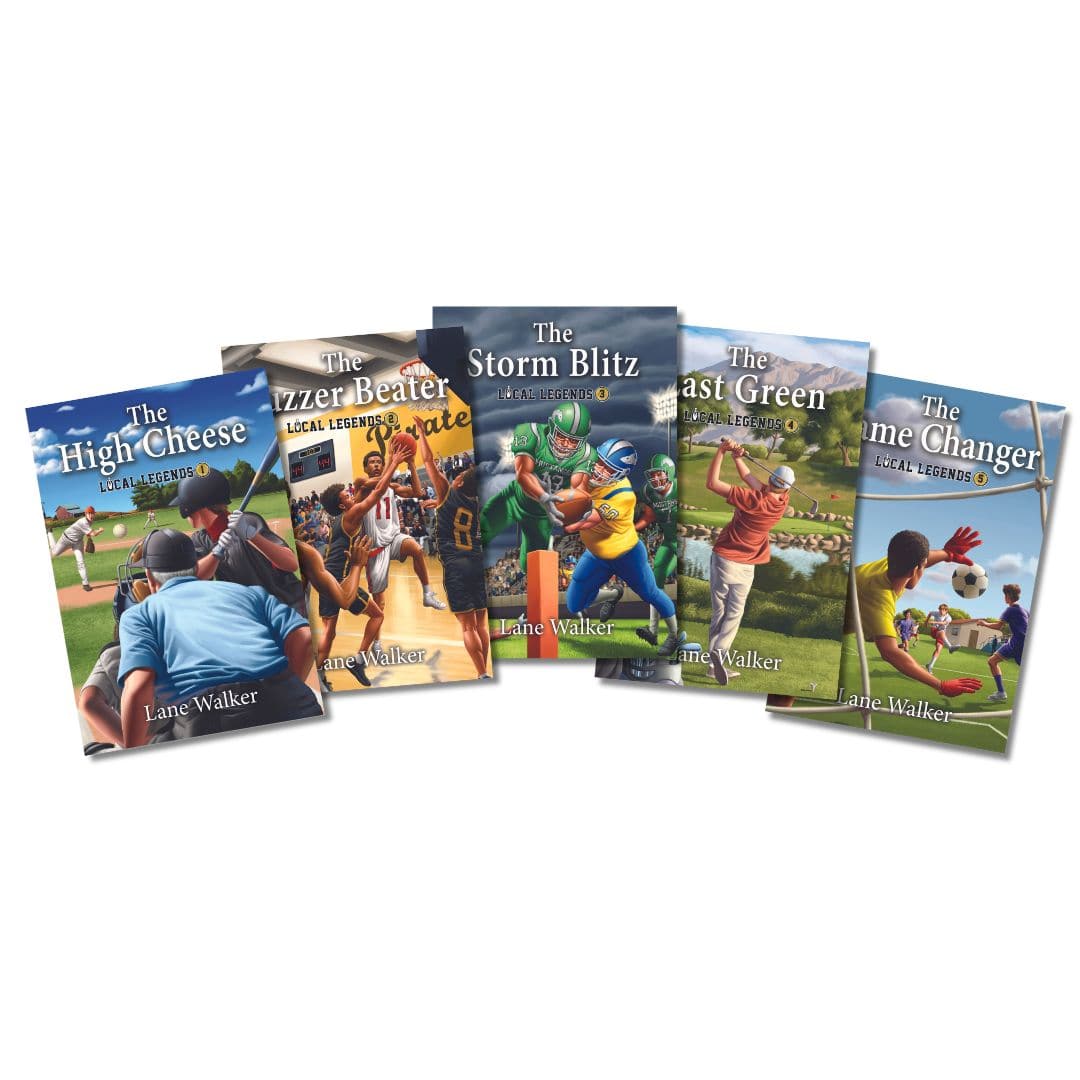4 Reading Incentives That Actually Work
Sometimes all it takes is the right book, and the right motivation, to spark a love of reading. Every daily action we take becomes a habit, whether we’re conscious of it or not. The same goes for our children. So, the question is: what reading habits are we instilling in them?
As a mom of four juggling sports schedules, ballet lessons, school pick-ups and drop-offs all on top of a full-time job, I know how difficult it is to find time for reading. Sitting down with each child for their nightly 20-minute reading assignment often feels nearly impossible. Add in the power struggles and exhaustion, and many nights would slip by without building the reading fluency and confidence they needed.
So this past summer I decided we needed to make a change. I broke this power struggle by introducing fun and sustainable reading incentives to my children. These four strategies worked wonders for our family:
1. Star Chapter Chart
We created a star chart to track every chapter read. To make it fun, we took a trip to the dollar store where each child picked out their favorite stickers. Every chapter read, earned a star sticker. After every seven stars, they’d earn a reward—usually a popsicle (which, for my 9- and 7-year-olds, was more than enough motivation!). Once the whole chart was filled with stickers, then we would offer a larger reward. For my family, that typically meant going to our local Penny Arcade or Chuckie Cheese's. Obviously, cater this award based on what works with your family's budget and age groups, etc. My kids now fly through their charts, so we typically just re-print new ones at the start of every month.
Download Free Personalized Reading Chart.

2. Reading Bucks
We introduced “Reading Bucks”, a system where every completed book earned a $10 Reading Buck. At the end of each month, the bucks could be exchanged for real money to spend at the dollar store or Target. We turned this into a big deal by celebrating their monthly reading accomplishments together as a family.
This not only motivated them individually but created healthy sibling competition and collaboration. They saw the rewards of each other’s efforts, which helped set individual reading goals for the following month.
Download Free Reading Bucks pdf.

3. Shared Series & Sibling Incentives
We encouraged my kids to read together, especially my 9-year-old son and 7-year-old daughter. We selected a book series that appealed to both (The Campground Kids was my kids' favorite) and allowed them to co-read and co-collect their rewards. This gave my son the opportunity to take on a leadership role and earn an extra star for helping his younger sister in the process.
This approach helped foster responsibility, teamwork, and positive sibling interaction, all while reinforcing reading as a shared, enjoyable activity.
4. Audiobooks with Physical Books
One of the biggest game-changers for us was incorporating audiobooks with physical books. The rule was simple: they had to follow along in the book as they listened. This mind-body connection made a huge difference, especially with books that were slightly above their independent reading level. (Pro Tip: We had our Amazon Alexa read it to them aloud)
Audiobooks helped build confidence with more complex vocabulary and improved their comprehension. They began to tackle higher-level books with enthusiasm, feeling proud of their ability to understand and keep up.
*All incentives above applied to audiobook reading as well.
Series like The Campground Kids & Hometown Hunters can be found on Audible!
Final Thoughts
Building strong reading habits doesn’t have to feel like a chore, for you or your children. With a little creativity and consistency, we can make reading a joy, not a battle. These four simple strategies helped us stay on track, boost reading confidence, and most importantly, nurture a love for literature that lasts a lifetime.





